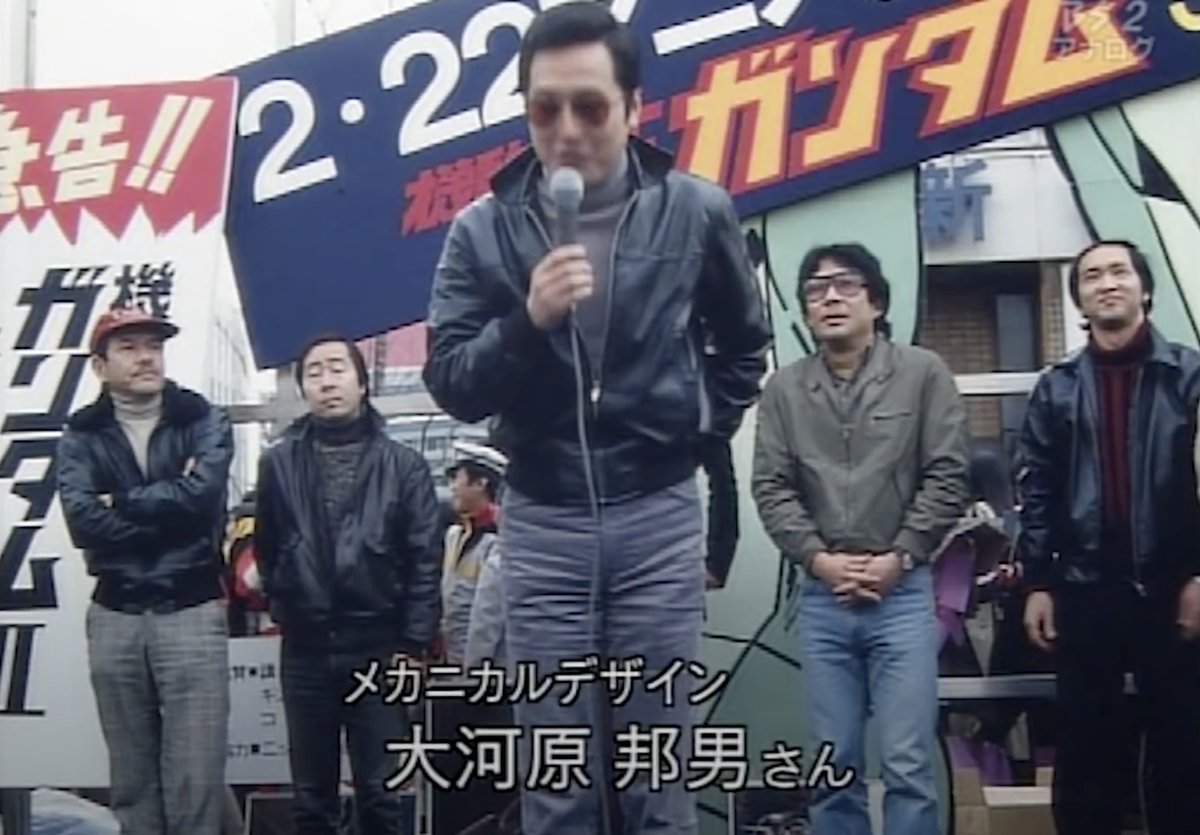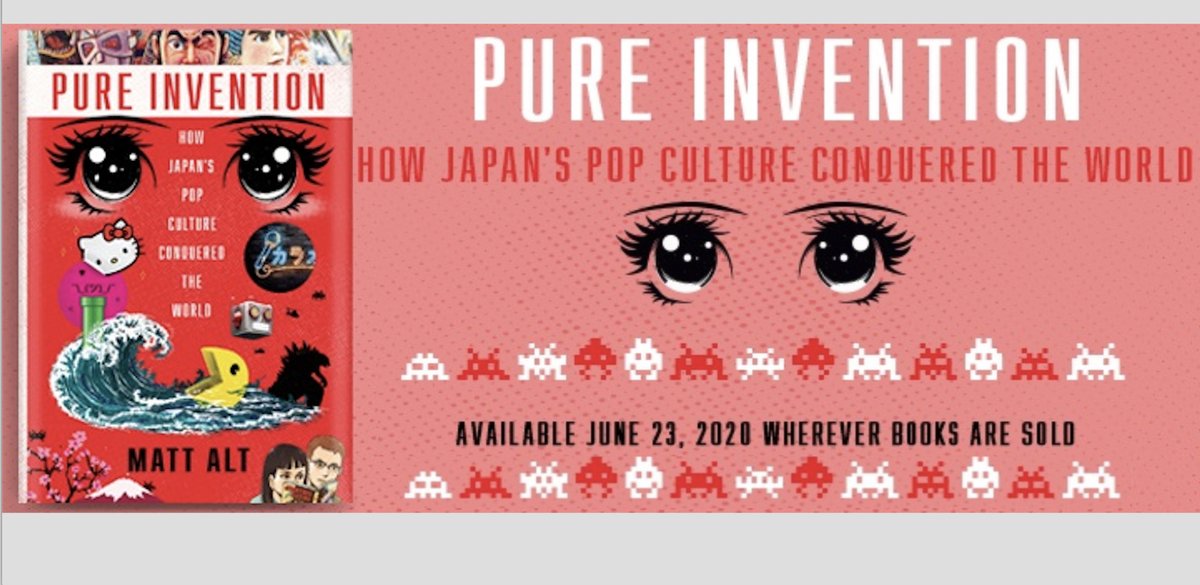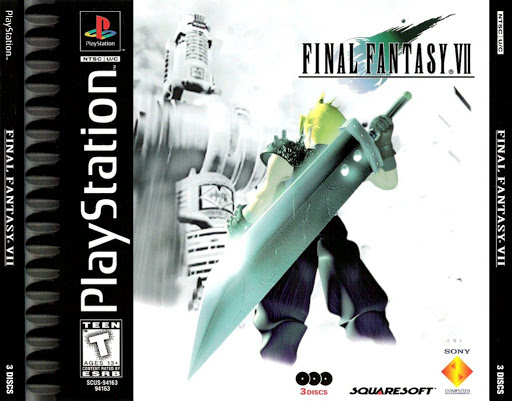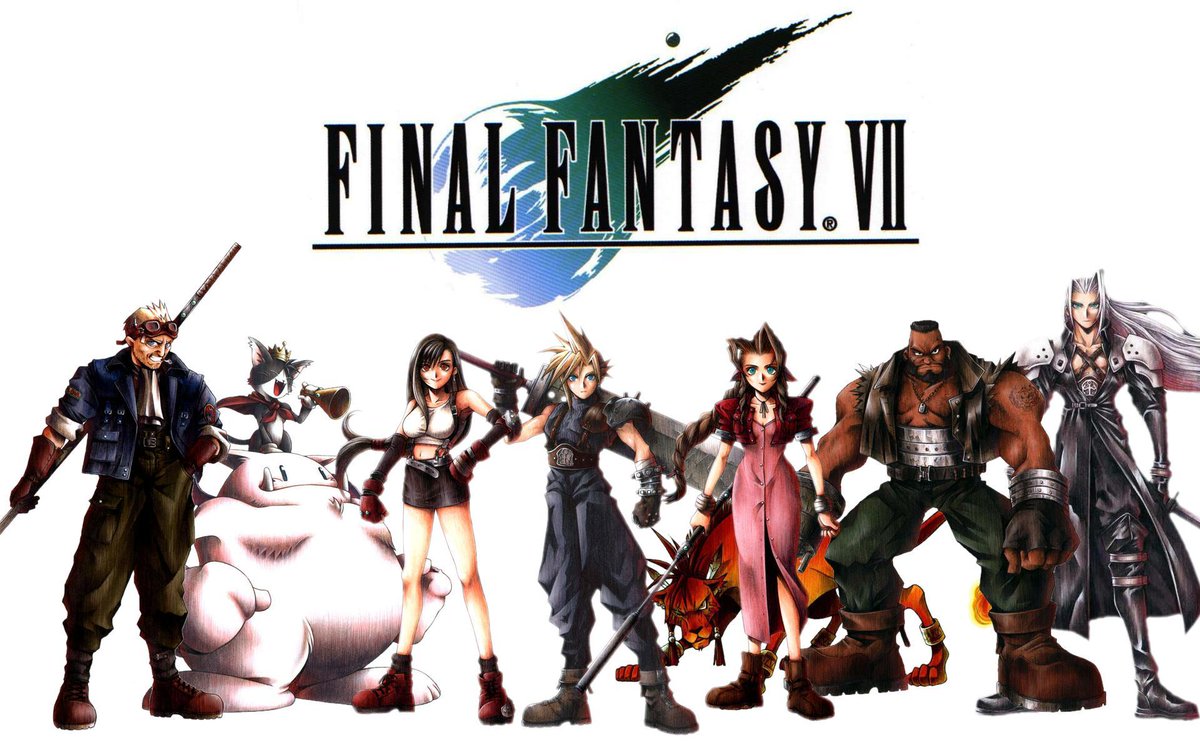
Feb 22 marks the 40th anniversary of a momentous occasion: the Anime New Century Declaration of 1981. Originally intended as a promo for the upcoming Mobile Suit Gundam film, it was held in front of Shinjuku Station. They expected a few hundred kids. 20,000 showed up. (1/12 

Gundam was an anime series, and director Yoshiyuki Tomino snuck a great deal of overt socio-political criticism into what the sponsor intended simply as a vehicle to sell toys to little kids. In this it failed, and was cancelled. But not forgotten. (2/12 

Gundam aired at the cusp of anime’s evolution from kid’s stuff into a more mature storytelling medium. A predecessor, Space Cruiser Yamato, had already energized older fans and spawned an ecosystem of mainstream anime magazines that connected fans in pre-Net era. (3/12 



By the time Tomino took the stage in early afternoon, the police were warning that the crowd had grown too large to control. People were in danger of being trampled. “Everyone, take it easy!” Tomino’s voice boomed. And then he launched into an epic diatribe: (4/12 

“This is more than an event! It’s a matsuri [festival]. I appreciate the passion that brought you here today. But you know what will happen if someone gets hurt? They’ll say, ‘that’s anime fans for you. Just a bunch of idiots running wild.’” (5/12 

By “them” he meant grown-ups: society at large. His own series Gundam was full of venal adults pushing kids around for their own ends. That’s why the kids here loved it, saw it as more than just a cartoon. Everyone took a big step back; the crowd calmed and listened, rapt. (6/12 

A parade of heroes from behind the scenes took the stage: designers, animators, voice actors. Anime was “junk culture” in society at large. Now its architects finally were able to bask in the spotlight of adulation, see the effects of their handiwork on Japan’s youth. (7/12 

So too was it a coming out for fans. The New Century Declaration was the first major public cosplay event. Many attendees showed up in character; some were even invited onstage, where they re-enacted scenes narrated by the voice actors themselves. (8/12 



Two cosplayers (one of them Mamoru Nagano, who’d go on to be a legendary animator in his own right) read what they called The Shinjuku Declaration: “We the assembled have gathered here to declare the start of a new era. Our era. A new anime century!” The crowd went wild. (9/12 



Today, the Anime New Century Declaration is remembered less as a PR event and more as a coming out: anime’s Woodstock. It was the moment anime “grew up,” daring to compete with mainstream literature and film on its own merits. (10/12 

The “New Century” resonated through the decades. Perhaps most famously in the title of a series that really DID usher in a golden era of anime: Evangelion. The English subtitle is “Neon Genesis,” but Japanese fans know it as “Shin Seki”: “New Century Evangelion.” (11/12 

Today we take it for granted kids & adults alike can enjoy anime. But that wasn’t always the case. The Anime New Century Declaration marked the moment anime evolved into more than entertainment or a medium. It was the moment anime became a lifestyle. (12/12 

Today we take it for granted adults can watch anime. But that wasn’t always the case. The Anime New Century Declaration marked the moment anime evolved into more than entertainment or a medium. It was the moment anime became a lifestyle. (12/12 

Bonus round: a photo taken inside a Tokyo anime shop for a 1981 magazine photo-essay after the mass media noticed the trend. 

Double bonus round: if you enjoyed this, you might enjoy my longford exploration of how Japanese fantasies, including anime and manga, transformed global reality. It's called "Pure Invention: How Japan's Pop Culture Conquered the World." amazon.com/gp/product/198…
• • •
Missing some Tweet in this thread? You can try to
force a refresh















